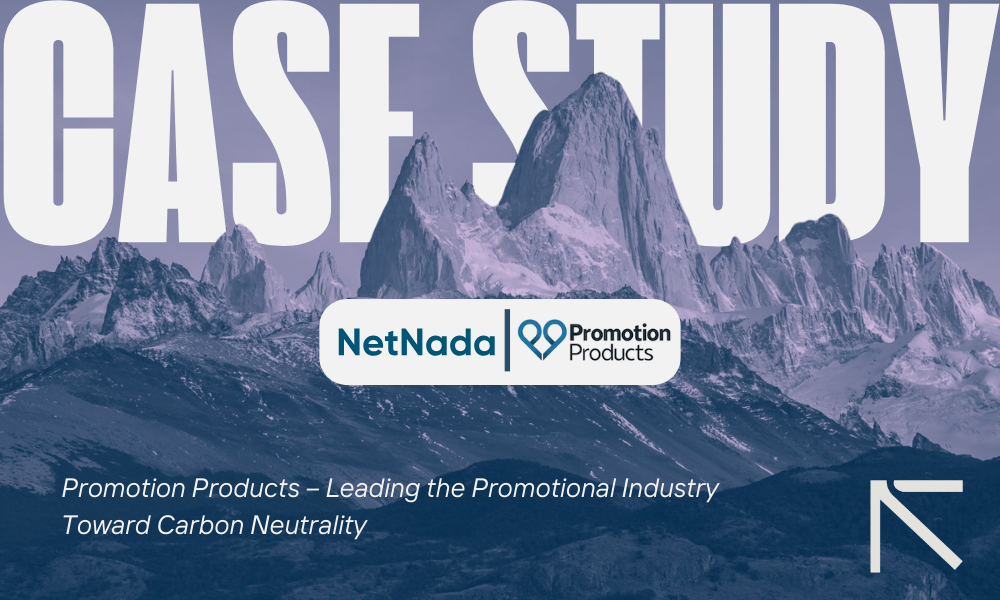On April 3rd, we launched the first session of our Compliance Countdown Webinar Series, focusing on one of the most foundational, but often overlooked, steps in climate reporting: the Reporting Readiness Assessment.
With Australia’s mandatory climate disclosure requirements rolling out under AASB S2, businesses must now do more than calculate emissions. They need to assess and document their governance, risk, strategy, and metrics in a way that’s auditable and board-approved.
Whether you're reporting for the first time or helping others prepare, this recap captures the core insights from the session, plus a few standout questions from participants.
1. Readiness Assessment Is Your Compass
If you're asking, “Where do we even begin?”, you're not alone.
The Readiness Assessment is more than a checklist. It’s a guided tool that helps organisations understand their current position against the AASB S2 standard, and what it will take to get disclosure-ready.
Here’s what makes it useful:
- It aligns with the four pillars of AASB S2: Governance, Strategy, Risk Management, and Metrics & Targets
- It’s high-level but structured, giving teams an honest sense of where they’re lagging
- It can be used to assign owners, track confidence levels, and begin scoping where help is needed, whether internally or via consultants
NetNada’s readiness assessment tool gives you a visual and editable way to explore all four pillars without getting overwhelmed by technicalities. It’s especially valuable for mapping out what's already working and where the gaps lie.
“One of the biggest mistakes is launching into disclosure without first mapping your readiness. The assessment gives you the clarity to focus your time and resources.”
— Afonso
2. It's more than just Emissions
A key takeaway from this session? What you report matters, but how you got there matters even more.
Under AASB S2, reporting isn’t just about your emissions data. It’s about proving that your governance, risk, and strategy decisions were made responsibly, and can be audited.
That means:
- Documenting who was in the room when strategic or risk-based decisions were made
- Recording how those decisions were reached—including methodologies, tools used, and what was deemed material
- Demonstrating that board and executive oversight has been established and upskilled
Companies are often surprised that their metrics and targets are the easiest part to assemble. It’s the governance and strategy pieces that lack clarity and documentation. And those are the parts most exposed to assurance and audit scrutiny.
“Your strategy is only as strong as your ability to show how you built it. That’s what auditors and stakeholders will look for.”
If you’ve been focusing only on emissions reports, now’s the time to shift toward building traceable internal processes.
3. Get Started by Getting the Right People in the Room
One of the simplest but most actionable takeaways from Session 1 was this: climate reporting is not a solo job.
We shared an example readiness assessment that highlighted how different departments—sustainability, finance, risk, procurement, and executive leadership—each own a piece of the puzzle.
Here’s a breakdown of who should be in the room:
- Sustainability Team – usually leads the charge, but can’t do it alone
- Finance (CFO + team) – essential for signing off and aligning disclosures with financial reports
- Executive Leadership / Board Members – must understand and own the governance narrative
- Risk Officers – critical for building out transition and physical risk frameworks
- Procurement / HR / Ops – often hold key insights and data relevant to metrics and targets
Too often, businesses delay climate reporting because the task seems too large. But pulling these voices together, even just for the assessment phase, builds momentum and ownership from the start.
“You don’t need to have all the answers before bringing people together. In fact, asking questions as a team is what gets the real work started.”
2 Thought-Provoking Questions from the Community
Q1: “What if our company doesn’t fall into any mandatory group? Should we still start?”
Yes, and here’s why: Even if you're not in Group 1, 2, or 3, your clients probably are. That means they’ll be asking for Scope 3 data or carbon disclosures from suppliers like you.
Getting ahead of the curve means:
- Differentiating yourself in the supply chain
- Improving your climate resilience
- Showing leadership to your team, customers, and investors
Starting now also gives you time to engage internal teams, refine your systems, and avoid last-minute scrambles later.
Q2: “What should we look for in reporting tools to make sure we’re compliant?”
Great question, and a crucial one.
While there’s no single approved tool under AASB S2, whatever you use must support:
- Transparency – Can you explain how each number was calculated?
- Auditability – Can an independent third party trace your logic and sources?
- Standards Alignment – Does the tool align with GHG Protocol, AASB S2, and other global frameworks?
NetNada’s platform is designed with these requirements in mind. Whether you’re building risk frameworks, aligning governance decisions, or managing emissions data, our tools ensure that every input and outcome is traceable and report-ready.
Conclusion: Start Where You Are, then Build
Climate reporting readiness doesn’t require perfection on day one, it starts with understanding where you are now. Whether you're a Group 1 company preparing disclosures this year or a smaller supplier getting ahead of future requests, the key is to take practical, informed steps. Use readiness assessments to identify your gaps, engage the right people early, and build a strong foundation for the journey ahead.
Curious to see where your organisation stands?
Watch the full webinar recording and explore the tools we shared to help you get reporting-ready with confidence.


























